Digital twins are transforming spatial computing by creating real-time, virtual replicas of physical systems, objects, or environments. By using sensor data, IoT devices, and advanced modeling techniques, digital twins enable predictive maintenance, streamlined operations, and data-driven decision-making across various industries. This guide explores the role of digital twins in spatial computing and how they interact with other core components like AR & VR, geospatial analytics, and future trends.
Listen our podcast: Digital Twins & Real-World Simulations: Bridging Physical and Virtual Worlds
What Are Digital Twins?
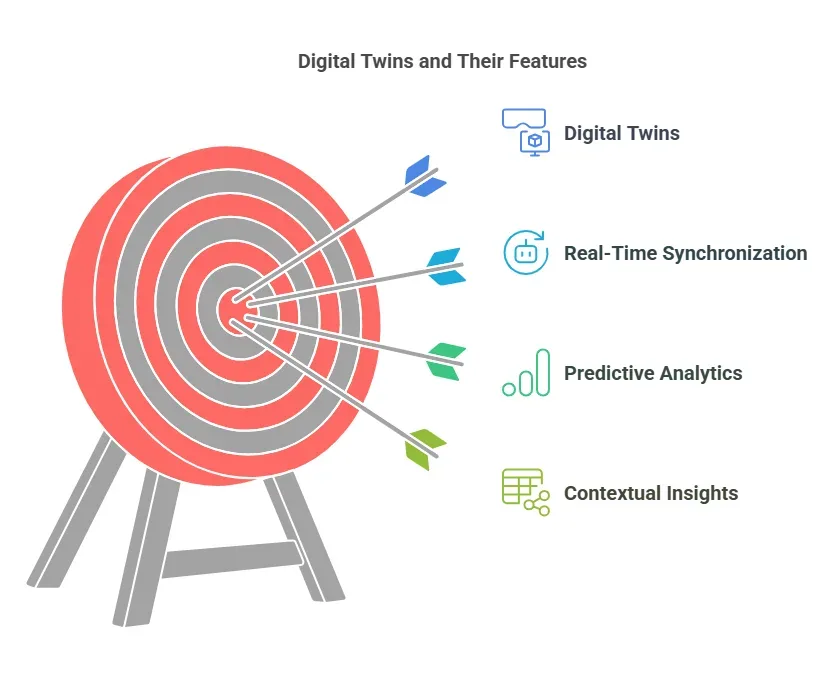
Digital twins are dynamic virtual models that mirror real-world objects or processes. Powered by spatial computing, they continuously update in real time using live data streams from IoT devices, sensors, and AI systems.
Key Features of Digital Twins
- Real-Time Synchronization: Digital twins update dynamically as changes occur in their physical counterparts.
- Predictive Analytics: AI-driven models simulate future scenarios, enabling proactive problem-solving.
- Contextual Insights: Digital twins provide an interactive visualization of data, helping users understand complex systems intuitively.
For a foundational understanding of spatial computing and its core principles, refer to our Spatial Computing Pillar Blog.
Applications of Digital Twins
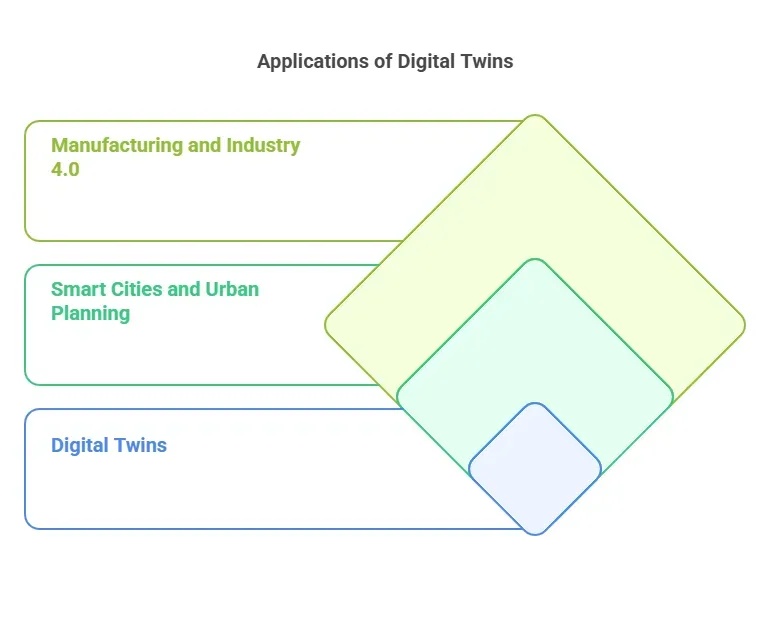
Digital twins play a pivotal role across various industries, enhancing efficiency and enabling innovation.
Smart Cities and Urban Planning
- City Infrastructure Management: Monitor and manage utilities like water, energy, and transportation systems.
- Traffic Optimization: Simulate traffic flow to design more efficient road networks.
Learn how digital twins intersect with Geospatial Analytics & Location-Based Services to optimize city planning and resource management.
Manufacturing and Industry 4.0
- Predictive Maintenance: Detect equipment malfunctions before they occur by analyzing sensor data.
- Supply Chain Optimization: Visualize and refine logistics processes for enhanced productivity.
Explore how AR & VR Innovations enhance digital twins in manufacturing by creating immersive training modules and real-time simulations.
Healthcare and Patient Monitoring
- Digital Patient Twins: Enable personalized treatment plans by simulating patient-specific conditions.
- Hospital Operations: Manage resources efficiently using virtual replicas of healthcare facilities.
For more on how these applications integrate with cutting-edge tech, visit Future Trends & Emerging Tech.
Technical Framework of Digital Twins
The effectiveness of digital twins relies on their underlying technological infrastructure.
Components of Digital Twins
- Data Collection: IoT sensors and devices gather real-world data continuously.
- AI & Machine Learning: Models process data to generate actionable insights and predictive analytics.
- Visualization Platforms: AR and VR devices bring digital twins to life, offering interactive and immersive views.
Integration with AR & VR
AR and VR technologies enhance digital twins by:
- Providing immersive interfaces for interacting with virtual replicas.
- Simulating real-world scenarios for design validation and employee training.
Read more about AR & VR Innovations to understand how immersive tech complements digital twin capabilities.
Challenges and Ethical Considerations
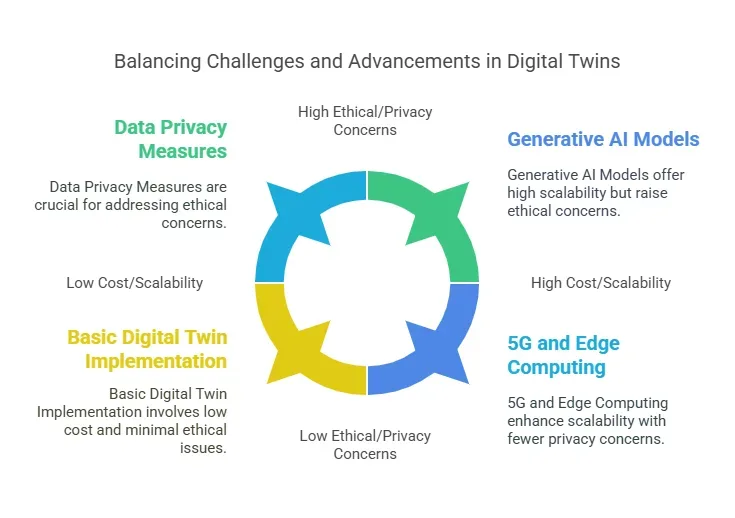
While digital twins offer immense potential, they also raise important challenges and ethical concerns.
Data Privacy and Security
- Protecting sensitive information collected by IoT sensors is paramount.
- Organizations must comply with regulations to prevent data breaches.
Refer to our Security, Privacy, and Ethical Considerations cluster for detailed strategies to ensure responsible data usage.
Scalability and Cost
- Implementing digital twins at scale requires significant investment in infrastructure.
- Balancing cost with value generation is a critical consideration for businesses.
Future of Digital Twins in Spatial Computing
The potential for digital twins continues to expand with advancements in AI, edge computing, and generative AI.
Next-Gen Capabilities
- Generative AI Models: Enable on-demand simulations and scenario planning for greater agility.
- 5G and Edge Computing: Accelerate data transfer and reduce latency for real-time updates.
Explore more on these advancements in Future Trends & Emerging Tech.
FAQ
Q1: What industries benefit the most from digital twins?
Digital twins are widely used in manufacturing, healthcare, urban planning, and logistics to enhance efficiency and decision-making.
Q2: How do digital twins integrate with AR and VR?
AR and VR provide immersive interfaces for interacting with digital twins, allowing users to visualize and manipulate virtual replicas in real-time.
Q3: Are digital twins scalable for small businesses?
Yes, while initial implementation can be costly, scalable cloud-based solutions and IoT platforms make digital twins increasingly accessible for smaller enterprises.
Q4: What role does AI play in digital twins?
AI enables predictive analytics, scenario planning, and real-time updates, enhancing the functionality and impact of digital twins.
Q5: What are the main challenges of implementing digital twins?
Challenges include high implementation costs, data privacy concerns, and the complexity of integrating IoT and AI technologies effectively.

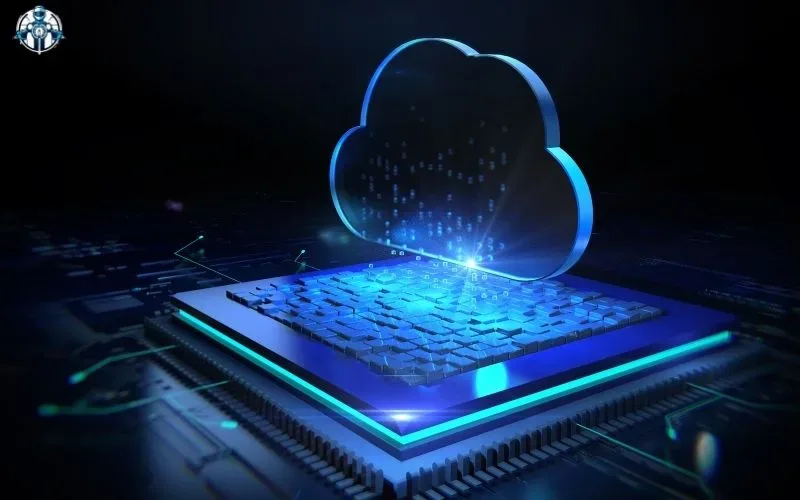
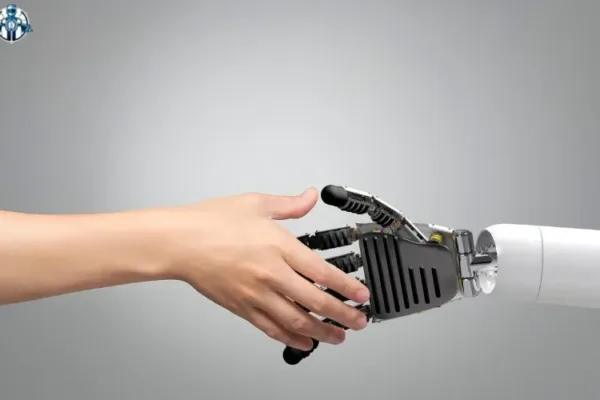
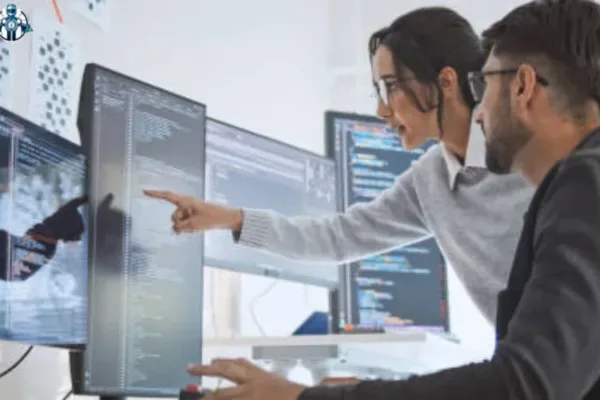

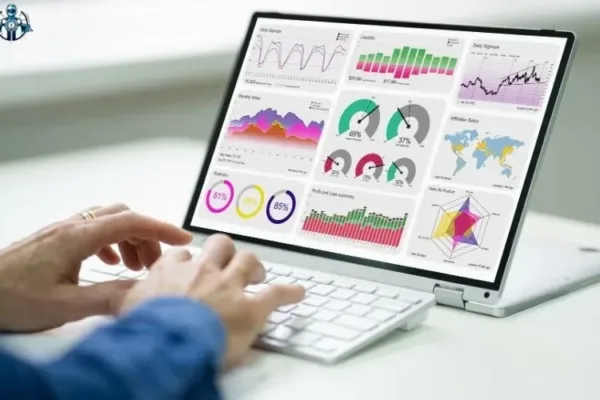
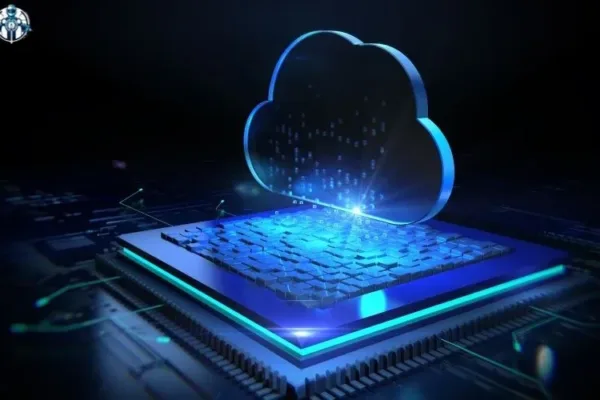

6 thoughts on “Spatial Computing & Generative AI: Transforming the Future of Digital Experiences”